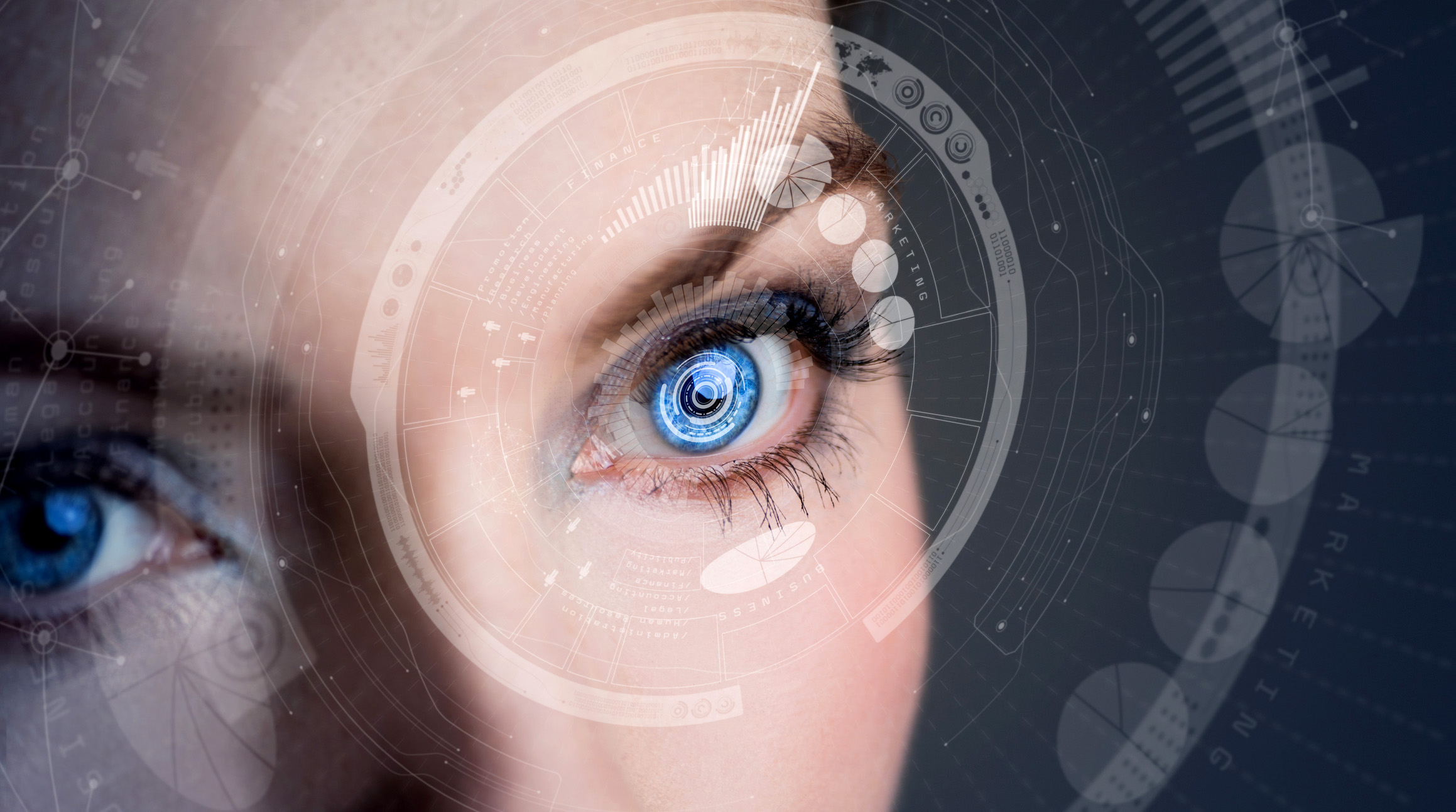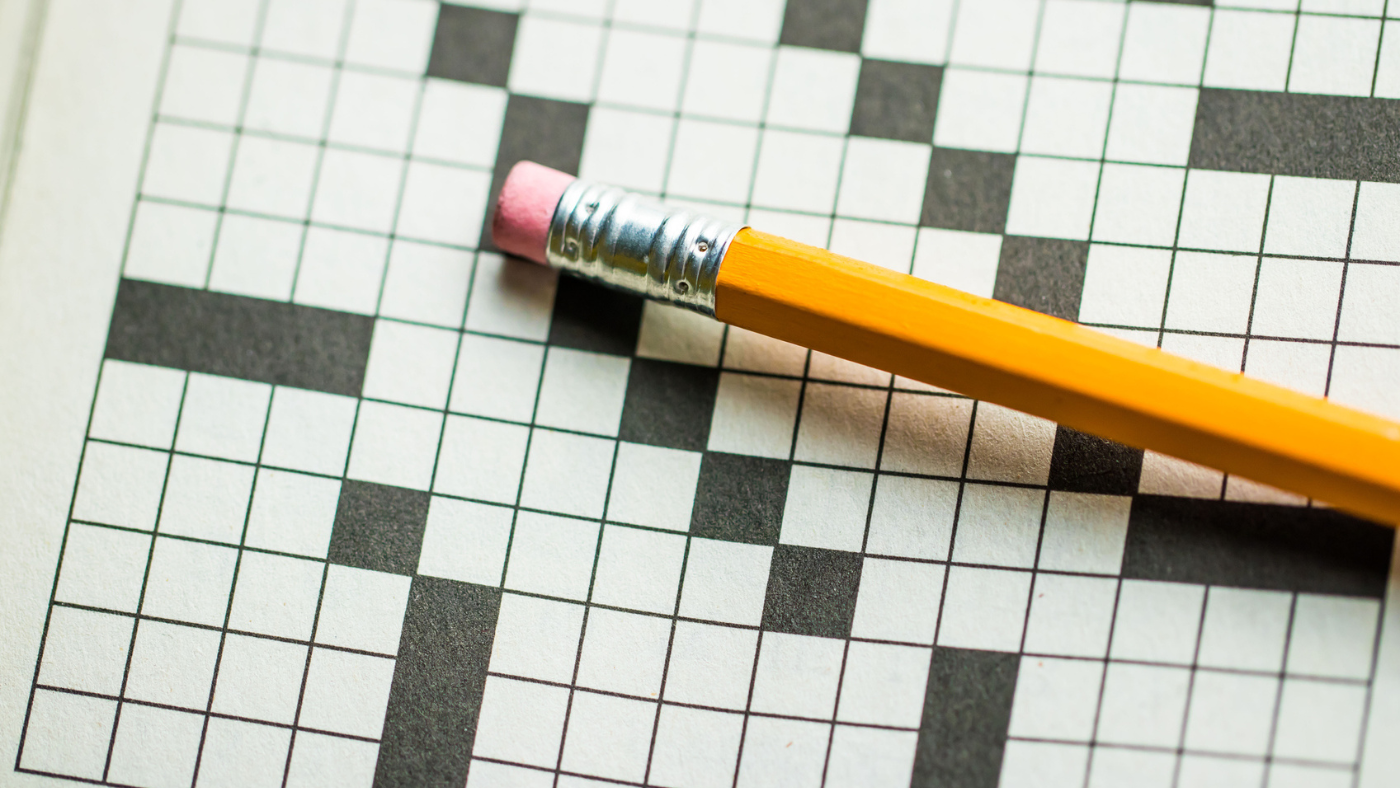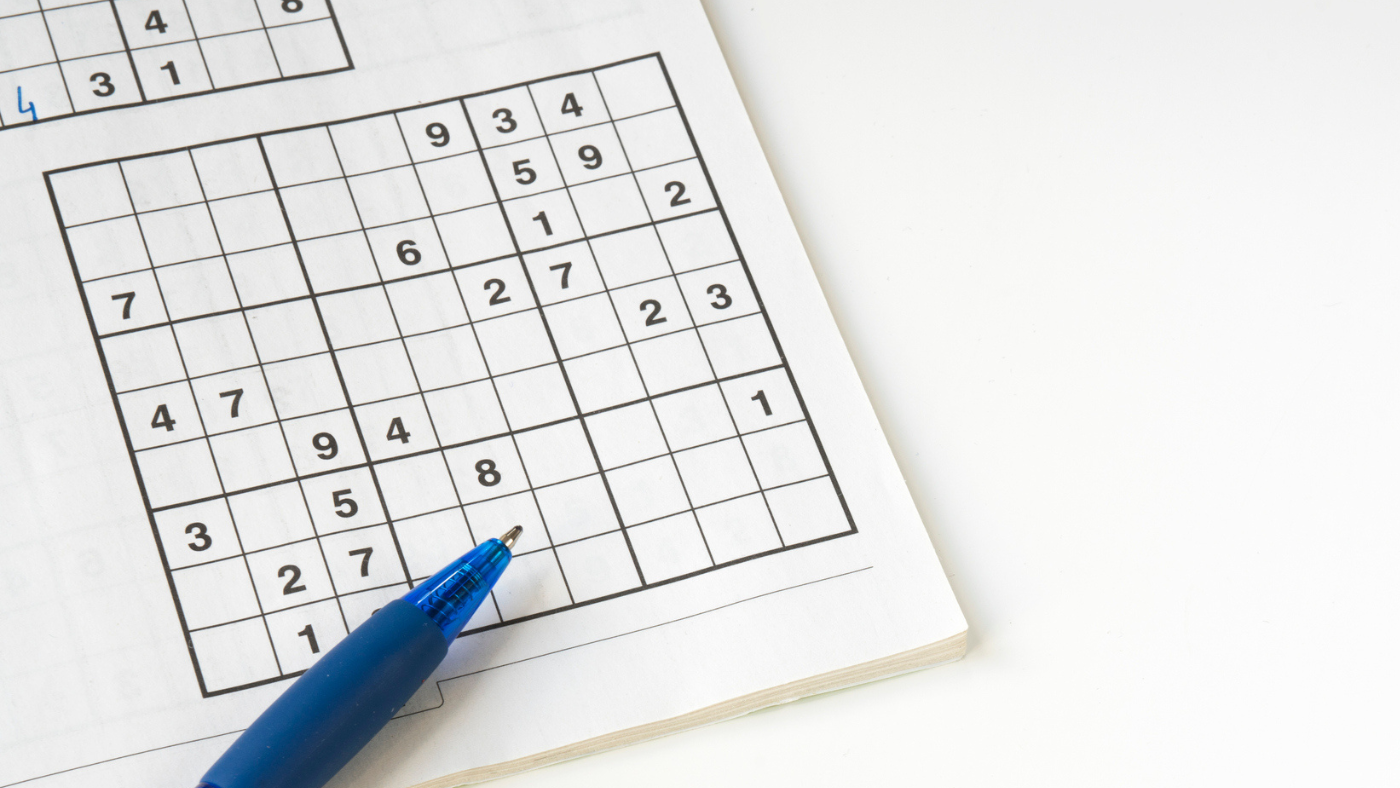These nano eye drops could make glasses and contacts obsolete
Researchers have created eye drops that could give you 20/20 vision


Imagine throwing away your glasses or contact lenses and still having perfect vision — without getting eye surgery. Right now, that probably sounds too good to be true. But innovative new eye drops could soon do the trick, restoring your eyesight to 20/20 without any invasive procedures.
Researchers have created eye drops, called Nano-Drops, that correct eyesight problems using something called nanotechnology. The field of nanotechnology involves creating and manipulating materials that are miniscule in size — usually between one and 100 nanometers (nm) in width. For comparison, a human hair is usually 60,000 to 80,000 nm in width.
Nano-Drops, which were created by a team at Bar-Ilan University's Institute of Nanotechnology and Advanced Materials (BINA), address three of the most common eyesight problems: hyperopia (farsightedness), myopia (nearsightedness), and presbyopia (age-related blurriness). Each of these disorders causes refractive errors, which means the light entering the eye doesn't bend the right way, and the image is disrupted. Usually, this is rooted in physical problems with the eyeball or lens; the eyeball may be too short or too long, the cornea too curved, the lens too thick. Nano-Drops are filled with synthetic nanoparticles, which are designed to fix the refractive errors that cause hyperopia, myopia, or presbyopia.
Subscribe to The Week
Escape your echo chamber. Get the facts behind the news, plus analysis from multiple perspectives.

Sign up for The Week's Free Newsletters
From our morning news briefing to a weekly Good News Newsletter, get the best of The Week delivered directly to your inbox.
From our morning news briefing to a weekly Good News Newsletter, get the best of The Week delivered directly to your inbox.
But getting the benefits of Nano-Drops isn't as simple as a trip to the pharmacy. Right now, it's a bit more complicated. First, you have to install a smartphone app to measure your eye refraction. Typically this type of test is performed during a routine eye exam: A patient sits in a chair and stares at an eye chart 20 feet away while looking through an instrument called a phoropter to determine if they can read the letters on the chart. The doctor adjusts the lenses on the phoropter to get a read on a patient's eyesight: Are they nearsighted or farsighted? Is there any astigmatism? Today, there are apps that can do the same thing.
From here, the next step would normally be prescribing corrective lenses — glasses or contacts. Once the lenses are in place, light will enter the eye without being improperly bent or broken. But the BINA researchers instead want to use their eye drops to alter the way light comes into the eye in the first place. They do this by projecting a laser pattern, unique to a patient's eyes, onto the surface of the eye to very lightly remove small areas of the cornea. "These nanoparticles go into the shallow ablated patterns generated on the surface of the cornea," Zeev Zalevsky, professor of electrical engineering and nanophotonics at Bar-Ilan University, explained to Digital Trends. "They change the refraction index inside of those patterns. This corrects the visual problem the user has."
This is different from the invasive work that happens during traditional laser eye surgery. The entire process takes just a few seconds.
While the research looks promising, don't ditch your glasses or contact lenses just yet. So far, researchers at BINA have tested Nano-Drops on 10 pigs and successfully corrected their myopia and hyperopia. They plan to test the eye drops on rabbits next. Eventually, they hope to try them on humans, but clinical trials may take years to start.
A free daily email with the biggest news stories of the day – and the best features from TheWeek.com
Even if you could get your hands on these high-tech drops now, their effects wouldn't be permanent. Because the laser work is superficial, a patient's eyes will heal themselves, and the effect will wear off. They would need to have the treatment again, roughly every month or two.
Another potential problem is that Nano-Drops may not work for people who require very strong prescription lenses. At this point, the drops have only proven effective at fixing mild vision problems. And researchers are still looking at the potential side effects of putting nanoparticles in human eyes. They may build up over time in the body, and it's not clear how this could affect a person's health long-term.
All of that aside, the idea of never needing to deal with smudgy glasses or dry contact lenses again is incredibly tempting. Here's hoping the Nano-Drops become a reality soon.
Lana Bandoim is a freelance writer and editor. Her work has appeared on Yahoo! News, CNN iReport, The Huffington Post, Lifescript, Healthline, and many other publications.



